

Karaberd Gold Project
ASSAT, LLC

Company Overview
- Assat LLC was founded in 1999 and in the same year it received a mining right for a marble mine that was not exploited due to natural adversities.
- In 2007, Assat received the right for exploration for the Karaberd Mine, and in June 2013, Assat received the mining permit for the site for 11 years. The company started operating its gold production plant in the town of Masis in 2010, but these operations stopped due to lack of gold concentrate supply.
- Negotiations for the possible acquisition of Assat LLC by MVI Ireland started in 2019. The transaction was closed in December 2020 with MVI Ireland becoming the unique shareholder of Assat.
- MVI owns MVI Ireland, which in turn is the SPV owning the entirety of the shares in Assat. Assat is the Armenian gold mining business that owns the operating license in the Karaberd Mine. IMC is the Irish company that, as per the proposed reverse takeover, is in the process of acquiring MVI Ireland.
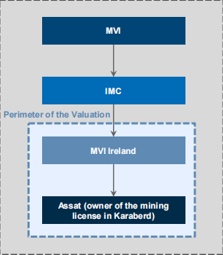
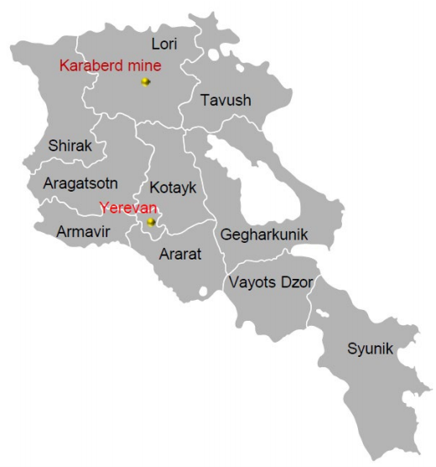
Karaberd Project Overview
- The Karaberd deposit is located in the Lori province, nothern Armenia, 70 km north of the capital, Yerevan, and about 5 km north-east of Vanadzor, the third-largest city in Armenia. The international border with Georgia is approximately 40 km to the north.
- Access to the Project site is via a 4.5 km road which connects with the M3 highway north of the Pambak River east of Vanadzor. The drive to Yerevan (about 115 km by road on the M3 highway) takes around two hours. International airports in Armenia are located at Yerevan and Gyumri, which are approximately 70 km west of Vanadzor.
- Permitted exploration area of 3.96 hectares.The license to operate on the gold mine was granted to Assat by the Armenian Ministry of Territorial Management and Infrastructures for a period of 11 years in 2013. Assat is in the process of extending the license to operate on the Karaberd Mine for a further decade after the expiration of the permit in 2024.
- Extensive geological work and further exploration studies were performed on the site in the period 2019-2021, despite some headwinds related to covid-19 restrictions. Finally, in April 2021, the first gold was poured and a total of 46kg of 0.999 purity fine gold had been extracted from crushed ore output.
- A production facility is expected to be completed by November or December 2023, and interim arrangements have been negotiated with a local refiner to refine gold in the meantime.
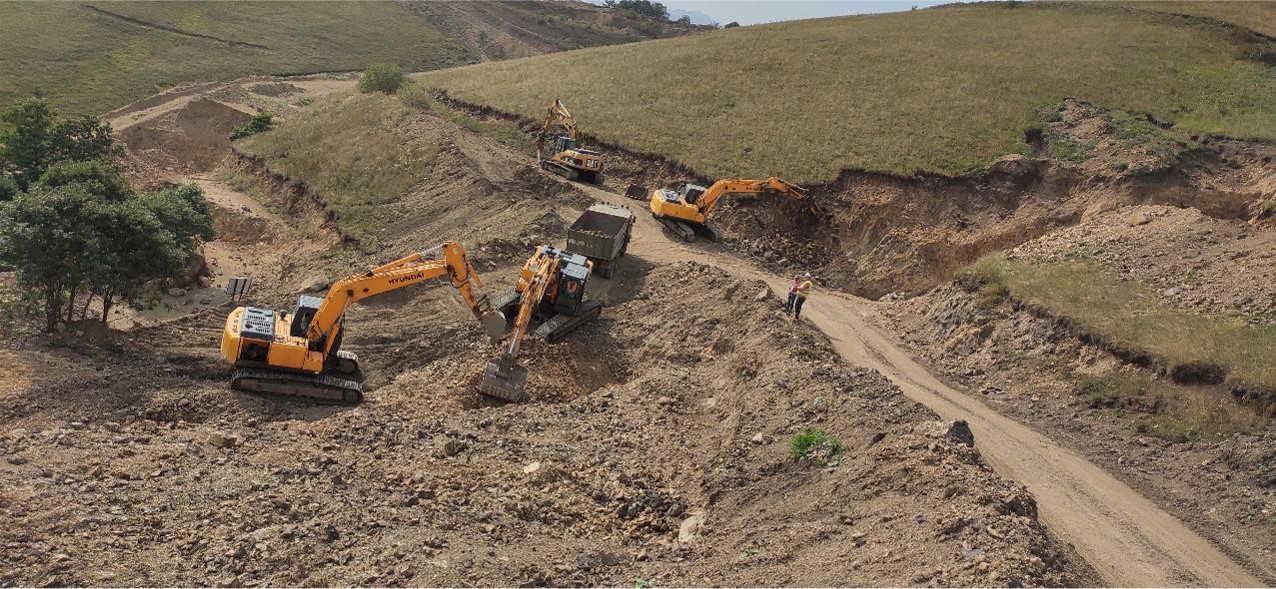

Resource classification
The gold mining industry commonly outlines the amount of gold or other precious metals potentially contained on a site by referring to the CIM Definition Standards, which provide guidance on the definitions for mineral resource (“Mineral Resource”) and mineral reserve (“Mineral Reserve”) and their confidence categories.
Mining
A trade-off concept or scoping study should be undertaken to determine the optimum mining methods. The Karaberd deposit could be mined via open pit, underground or potentially even both methods.
Mineral Processing
Karaberd gold CIL plant
- Processing capacity: 100,000-150,000 t/a
- Mineral Processing: CIL(Carbon-in-Leach)
- Product: Au 99.9% Gold bullion

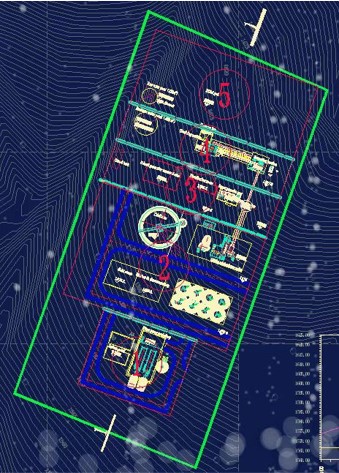
Processing flow sheet of Karaberd CIL plant
Ore → Crushing → Grinding and classification → Concentration → Leaching → Activated carbon → Desorption → Electrowinning → Smelting → Gold bullion
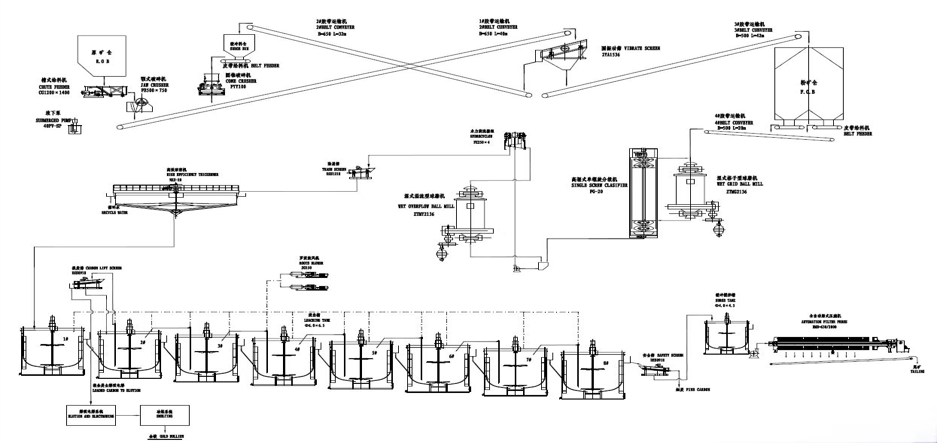
Processing flow sheet of Karaberd CIL plant
Major equipment:
Chute feeder
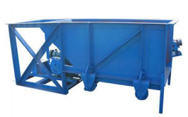
Jaw crusher
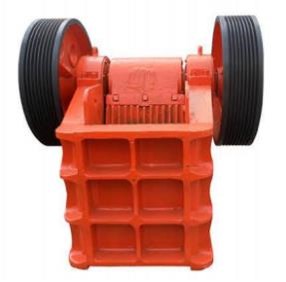
Vibrating screen
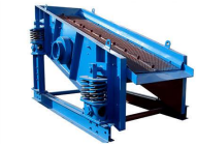
Cone crusher
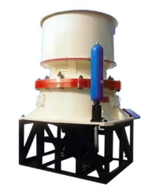
Ball mill and Classifier
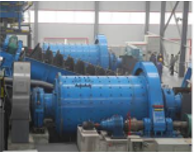
Hydrocyclone
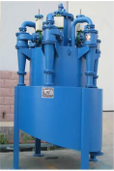
Tank
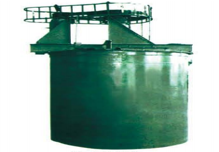
High efficiency thickener
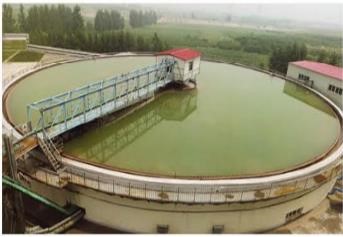
Desorption and electrowinning
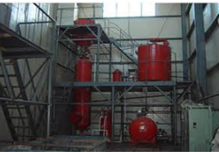
Belt conveyor
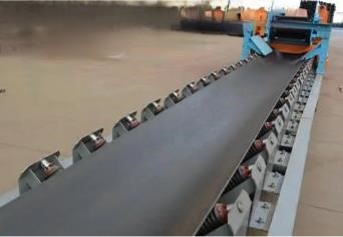
Leaching system
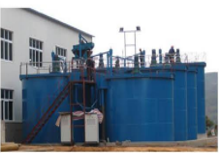
filter Press
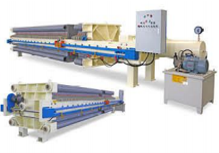
Processing flow sheet and process characteristics
Process characteristics:
- Replace NaCN with Eco-friendly leaching agent
- Tailings are dry piled and not discharged, without pollution
- All wastewater is reused
How do we achieve environmental protection and pollution-free?
Eco-friendly Agent CG-301
GREEN → NO POLLUTION
- The oral toxicity test of agent CG-301 showed that the LD50 value of rats is 3690 mg/kg, which is much higher than that of sodium cyanide 6.4 mg/kg, and also much higher than the 500 mg/kg standard of toxic substances. It is a very low-toxicity agent. The eco-friendly leaching agent has been widely used in gold leaching instead of sodium cyanide in china, even though the environmental protection requirements of tailings discharging are very high.
- The waste water after pressure filtering of tailings returns to the leaching process directly, while the tailings with it’s toxicity far below 5mg/L could be discharged directly into the tailings pond.
- The tailings pond is paved with impermeable membrane, so the rainwater will not leak and will not pollute the groundwater and soil.
Conventional Agent NaCN
HIGHLYTOXIC → POLLUTION
- Sodium cyanide itself is a highly toxic substance, and oral toxicity test: LD50 value of rats is 6.4 mg/kg.
- When the tailings are wet discharged, the slurry is directly discharged into the tailings pond, and the residual sodium cyanide agent in the slurry causes pollution; When tailings are discharged as dry solids, the residual sodium cyanide agent on the surface of tailings is dissolved in water under the action of rainwater, resulting in water pollution.
- When there is no anti-seepage treatment for tailings pond, water seeps into the ground, causing pollution.
*LD50:Lethal Dose 50.
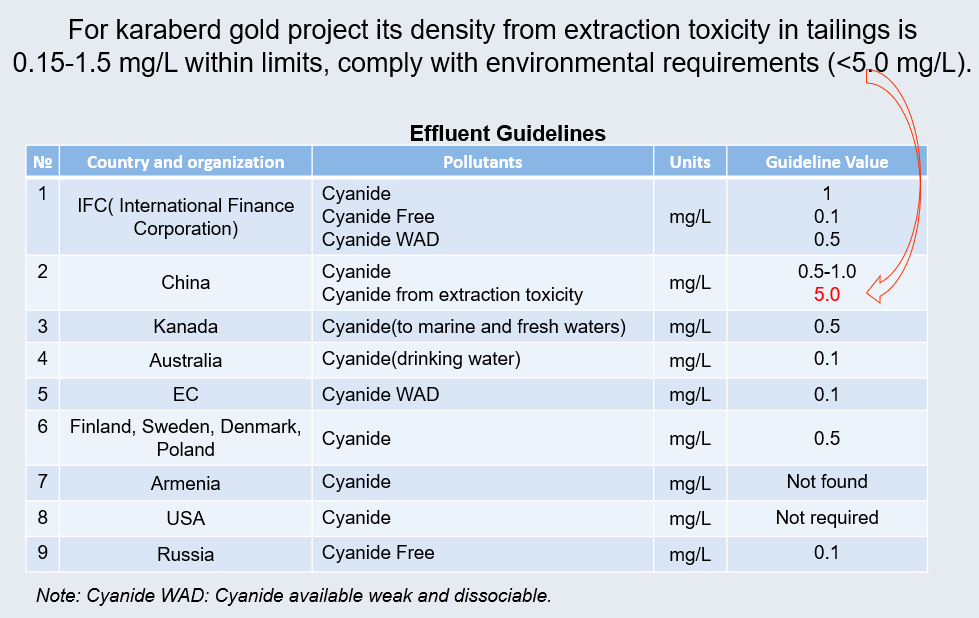
Product Advantages
Eco-friendly Agent
→ Green and Eco-friendly extraction of gold
→ No environmental pollution
→ Tailings after use can be discharged directly without treatment
→ Products are general chemicals
→ Safety, production, storage and transportation
→ Degradable
→ Unrestricted trading, supervision, and approval
→ Non-hazardous, non-explosive
→ No change in original gold leaching equipment
→ No change in original gold leaching method
→ No change in original gold leaching equipment, no change in original gold leaching method
→ The effects of using CG-301 for gold leaching are almost the same as NaCN
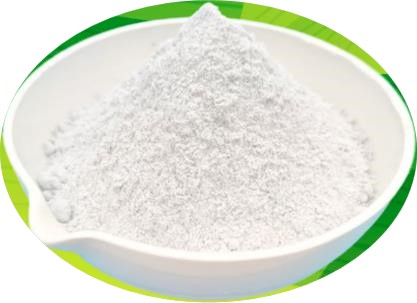
Dry-tailing stacking
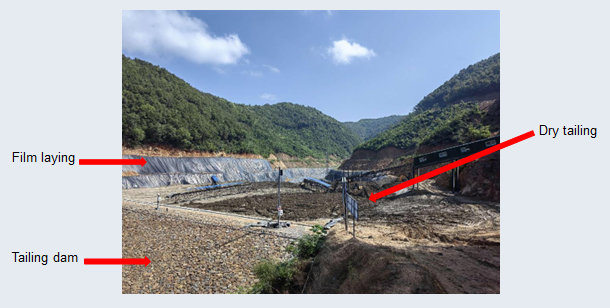
Mine closure and restoration
The lifespan of all mines is limited, and once economically available ore mining and processing cannot be maintained, it means the end of the mine’s lifespan. The so-called mine closure refers to the process where the operational phase of mining has ended and the final evacuation and mining area restoration work is underway.
After reaching the lifespan of the Karaberd gold mine, ecological restoration and management will be carried out, which will integrate into the surrounding ecosystem. After a period of time, its natural environment, ecosystem, soil and water system will reach the state before development.
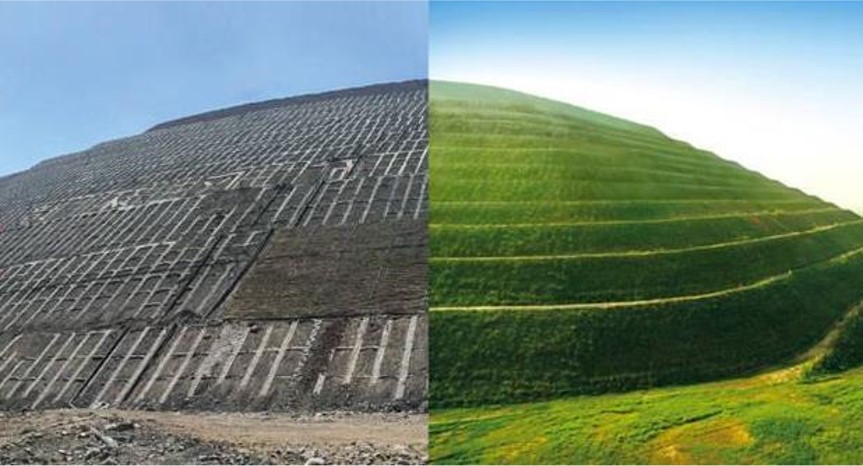
Mineral Ventures Invest spol. s r.o.
IČO: 07028750
ADDRESS: Ovocný trh 572/11,
Staré Město, 110 00 Praha
ADDRESS: Verin Antarayin 127/1 ,
Yerevan, 0009, Armenia

